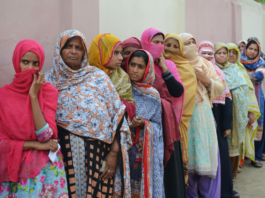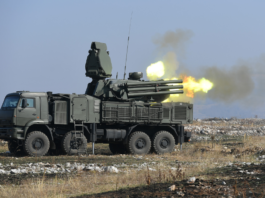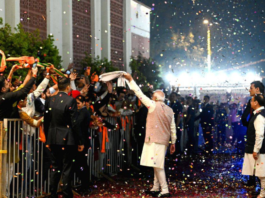
The 2023 version of China’s “standard map” has angered both allies and enemies in equal measure. India, Taiwan, and a number of Southeast Asian nations have added their voices to the chorus denouncing China’s territorial aggression before the G-20 conference in New Delhi.
The Association of Southeast Asian Nations (ASEAN) should issue a united statement denouncing the most recent Chinese action, according to Philippines President Ferdinand R. Marcos Jr.
India’s Arunachal Pradesh and the Aksai Chin plateau were designated as Chinese territory in the 2023 version of China’s “standard map,” which was posted online on Monday by the Ministry of Natural Resources of China. Along with Taiwan and large portions of the South China Sea, it also encompasses a portion of Malaysia’s maritime territory off Borneo.
Dr. S. Jaishankar, the Indian Minister of External Affairs, has already denounced the action as “absurd” and expressed his vehement opposition to it.
The Philippines Department of Foreign Affairs rejected China’s interpretation of the map and stated that “the latest attempt to legitimise China’s purported sovereignty and jurisdiction over Philippine features and maritime zones has no basis under the international law, particularly the 1982 United Nations Convention on the Law of the Sea (UNCLOS).”
The island nation also reaffirmed China’s need to follow the 2016 Arbitral Award, which invalidated the nine-dash line and placed restrictions on China’s maritime rights.
The recent blockade by a Chinese coast guard ship of Philippine ships seeking to resupply troops defending the second shoal island in the South China Sea has further strained relations between the two nations.
The South China Sea is one of the most contentious waterways in the world, with more than US $3 trillion in trade passing through it each year. The iconic U-shaped line, which occupies nearly 90% of the South China Sea, is the source of many of the disputes.
China’s U-shaped border penetrates into the exclusive economic zones (EEZs) of Vietnam, the Philippines, Malaysia, Brunei, and Indonesia and extends as far as 1,500 km (932 miles) south of its Hainan Island.
China has increased its pressure on the South China Sea under the direction of President Xi Jinping. In order to maintain its maritime borders and assert its claims to the oceans, China has established a marine militia. It does have a secondary warfighting function where it performs logistics, surveillance, and reconnaissance tasks instead of actively engaging in combat.
The democratically run island of Taiwan is depicted as being in China’s territory on the most recent map. When questioned about it, Jeff Liu, a spokesperson for Taiwan’s foreign ministry, vehemently disputed that Taiwan was a part of China.
“No matter how the Chinese government twists its position on Taiwan’s sovereignty, it cannot change the objective fact of our country’s existence,” Liu said at a press briefing.
Although Indonesia makes no territorial claims in the South China Sea, it is engaged in a conflict with China over fishing rights in its Exclusive Economic Zone (EEZ). On August 31, its Foreign Ministry stated that representations of territorial boundaries should adhere to UNCLOS.
Malaysia likewise categorically rejected China’s most recent map.
“The map has no binding effect on Malaysia. Malaysia is consistent in its position of rejecting any foreign party’s claims to sovereignty, sovereign rights and jurisdiction on Malaysia’s maritime features or maritime area based on the 1979 Map,” said the statement, referring to a Malaysian map showing the territorial waters and continental shelf boundaries of Malaysia.
The 43rd ASEAN summit will take place from September 5 to 7 in Jakarta, Indonesia. The ASEAN nations are negotiating to issue a united statement about the unilateral
Even Russian territory has not escaped the Chinese attempt to redrew the map. The century-old boundary conflicts between Moscow and Beijing were settled twenty years ago. The agreement was ratified by the parliaments of both nations in 2005, but China’s new map has rekindled interest in the accord.
Legally, the two nations share ownership of Bolshoy Ussuriysky Island, also known as Heixiazi, which is situated at the meeting point of two border rivers. However, the 135 square mile island is shown to be its easternmost area on the Chinese map. On the map, the Kremlin has not made any remarks.
Beijing, however, advised India to avoid hyperventilating on the map and describe the action as a routine one that is carried out in accordance with local legislation in order to assert its sovereignty.



